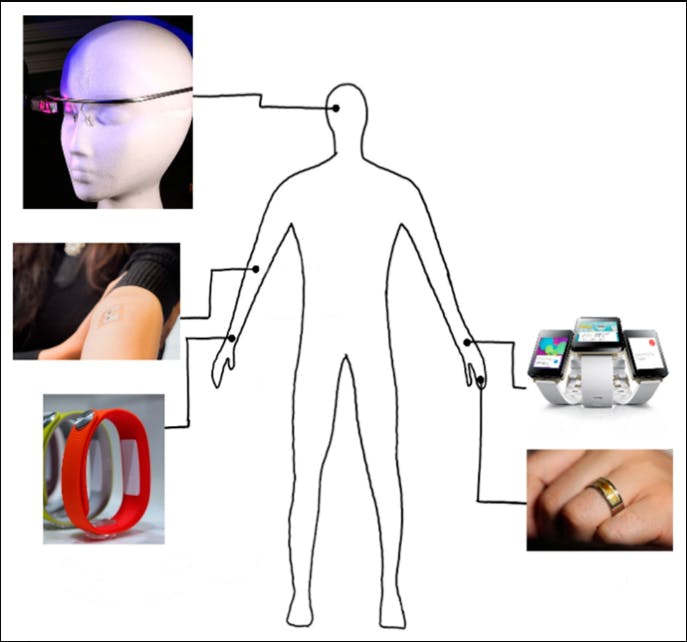Revolutionizing Wearable AI: Indian Engineer Designs Ultra-Efficient Chips Inspired by the Human Body

In a significant leap for wearable technology, Shreyas Sen, an Associate Professor of Electrical and Computer Engineering at Purdue University, has unveiled chip designs inspired by the human nervous system. These innovations promise to enhance the efficiency of wearable AI devices, allowing them to perform complex tasks with reduced energy consumption and without constant internet connectivity.
Explore how Shreyas Sen's innovative chip designs, inspired by the human nervous system, are set to transform wearable AI devices by enhancing energy efficiency and enabling offline functionality.

Sen's approach draws parallels between the human body's communication system and electronic data transmission. By emulating the peripheral nervous system, his chips can transmit data at high speeds using ultra-low power levels. This design enables wearable devices to process information locally, reducing reliance on cloud computing and enhancing real-time responsiveness.
A Game Changer
In collaboration with his team, Sen co-founded Ixana, a startup aimed at commercializing these innovative chip designs. Their flagship product, the Wi-R chip, offers several groundbreaking features:
- Energy Efficiency: Consumes 100 times less power than traditional wireless technologies like Bluetooth and Wi-Fi.
- High-Speed Data Transfer: Achieves data rates up to 4 Mbps, facilitating seamless communication between devices.
- Enhanced Security: Utilizes electro-quasistatic signals confined to the body's surface, ensuring data privacy and reducing interference.
- Touch-Based Communication: Enables devices to exchange data through simple touch interactions, eliminating the need for complex pairing processes.
These features position the Wi-R chip as a transformative solution for wearable AI applications, from health monitoring to augmented reality.
Real-World Impact and Recognition
The potential of Sen's designs has garnered significant attention:
- CES Innovation Awards: The Wi-R chip was honored with two CES Innovation Awards, highlighting its technological significance.
- Industry Adoption: Ixana is collaborating with major device manufacturers to integrate the Wi-R chip into next-generation wearables.
- Academic Contributions: Sen's research has been featured in leading conferences and journals, emphasizing the academic and practical value of his work.
Broader Implications for Wearable AI
The introduction of energy-efficient, secure, and high-speed communication chips has far-reaching implications:
- Extended Battery Life: Devices can operate longer without frequent charging, enhancing user convenience.
- Offline Functionality: Wearables can perform complex AI tasks without relying on continuous internet access.
- Improved User Experience: Touch-based interactions simplify device connectivity and data exchange.
- Enhanced Privacy: Localized data transmission reduces the risk of unauthorized access.
"The fusion of biological inspiration with technological innovation exemplified by Shreyas Sen's work heralds a new era for wearable AI. By addressing energy efficiency and data security challenges, these advancements pave the way for more autonomous and user-friendly wearable devices"
